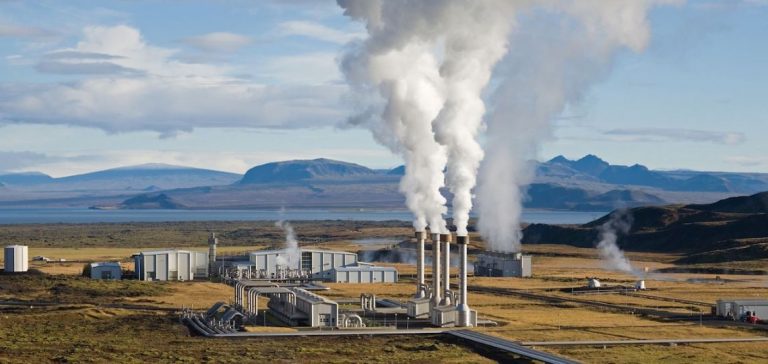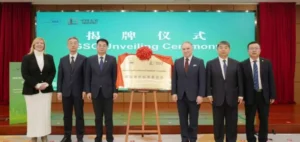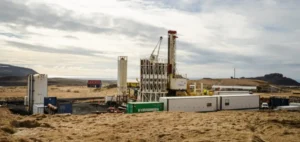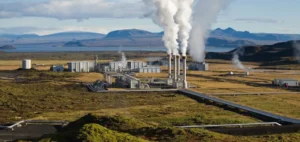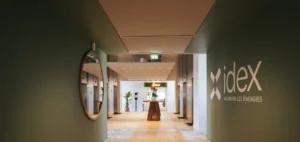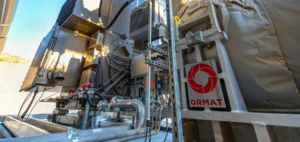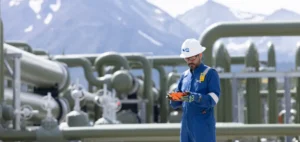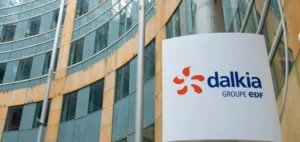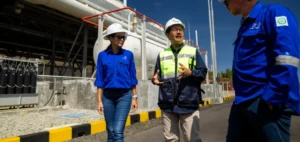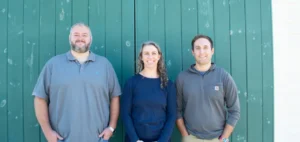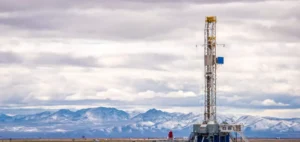The Chachimbiro geothermal project, located in the Imbabura province of Ecuador, recently received an investment of $43 million from Japan. This initiative aims to develop a geothermal power plant with a projected capacity of 50 megawatts (MW), thus contributing to the country’s energy transition.
The financing was formalized during a ceremony in Quito, attended by Ecuadorian ministers of Energy, Economy, and Foreign Affairs, as well as the Japanese ambassador to Ecuador. This partnership between the Ecuadorian government and Japan underscores the importance of diversifying the national energy matrix.
Project Context and Impact
The Chachimbiro project is part of a national strategy to reduce Ecuador’s dependency on hydroelectric power plants. Indeed, the country experiences frequent power outages, exacerbated by periods of drought. The geothermal power plant will help stabilize energy supply by utilizing an unconventional renewable resource.
According to estimates, the Chachimbiro power plant could generate savings of $147.9 million over the first ten years by replacing the use of fossil fuels. This shift towards renewable energies also contributes to the reduction of greenhouse gas emissions, aligning Ecuador with international climate change mitigation goals.
Technical Characteristics and International Collaboration
The project is supported technically and financially by the Japan International Cooperation Agency (JICA). This funding includes measures aimed at ensuring sustainable development and minimizing environmental impacts. The classification of the project in category “B” by JICA indicates that it has no significant environmental impact and is located outside the sensitive areas defined by the agency’s guidelines.
The collaboration with JICA also guarantees the transfer of technical know-how and compliance with international sustainability standards. This approach ensures that the geothermal plant will be built and operated efficiently and in an environmentally friendly manner.
Ecuador’s Geothermal Potential
Ecuador has strong geothermal potential, as illustrated by several projects currently under exploration. These include the binational Tufiño-Chiles-Cerro Negro project with a capacity of 330 MW, Chalupas (293 MW), Chacana-Cachiyacu (83 MW), and Jamanco (26 MW). The Chachimbiro project will serve as a model for future developments, demonstrating the viability of geothermal energy in the Ecuadorian context.
The exploration and development of these geothermal resources are essential to diversify the country’s energy production and reduce its vulnerability to climate conditions that affect hydroelectric power sources.
Strategic and Economic Perspectives
The Minister of Energy, Antonio Goncalves, emphasized that the Chachimbiro power plant will play a crucial role in Ecuador’s energy autonomy. By stabilizing the electricity supply, particularly in rural areas, the project will promote local economic development. Moreover, this initiative is seen as an opportunity to attract additional investments in the renewable energy sector, thereby strengthening Ecuador’s position in the global clean energy market.
Furthermore, the Chachimbiro project could stimulate local job creation and promote the transfer of advanced technologies, contributing to the strengthening of national capacities in the geothermal energy field.


